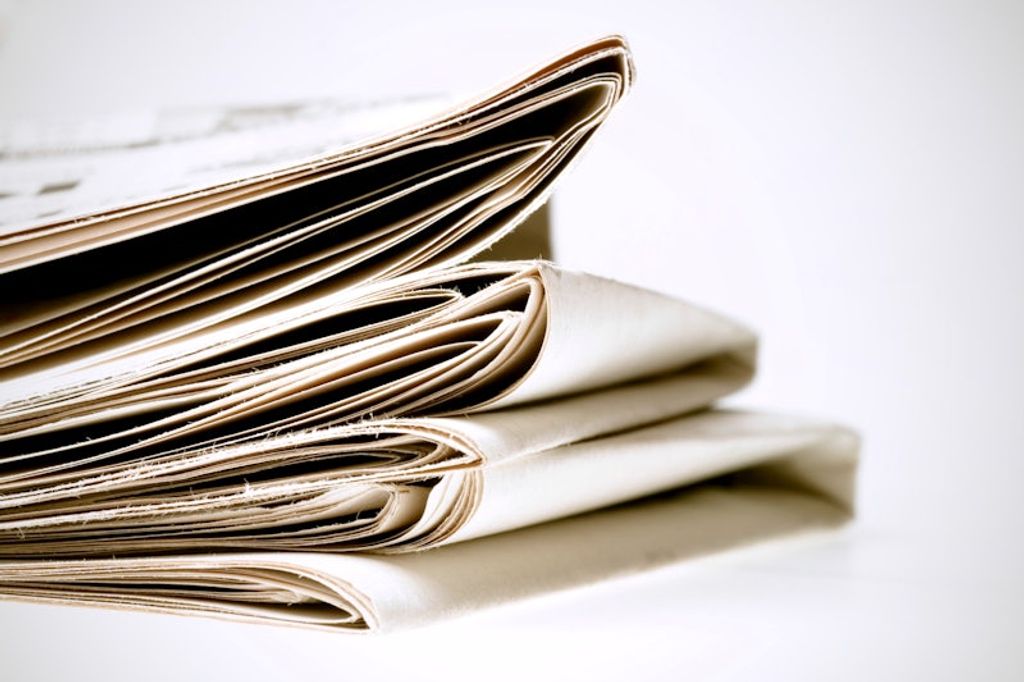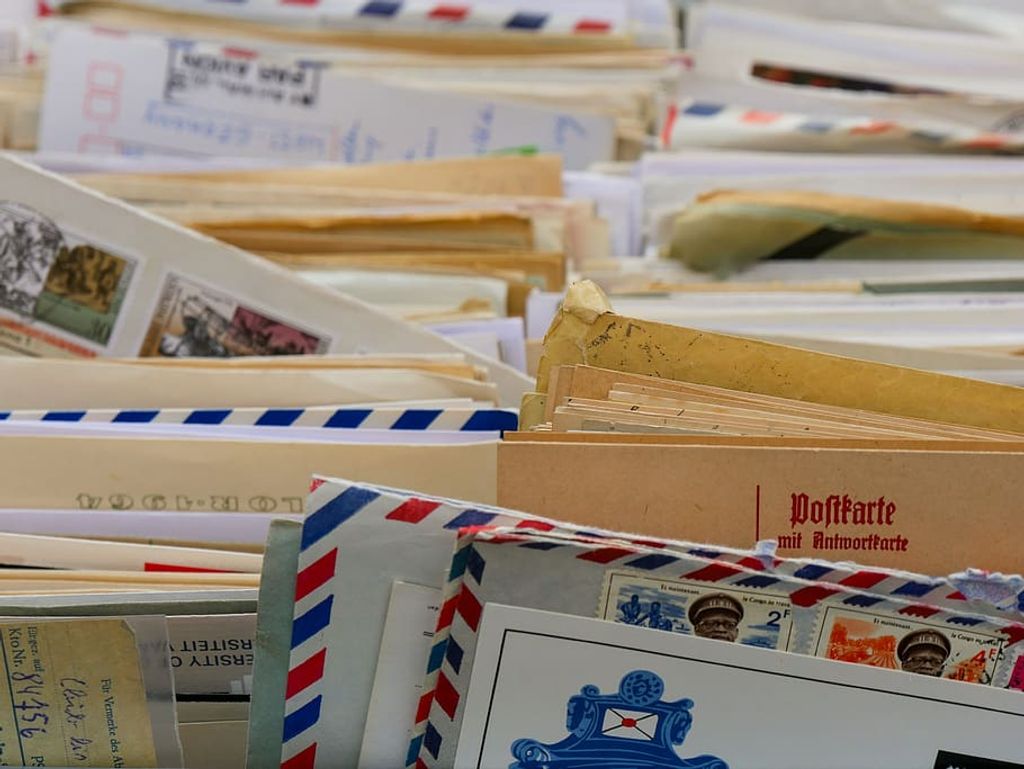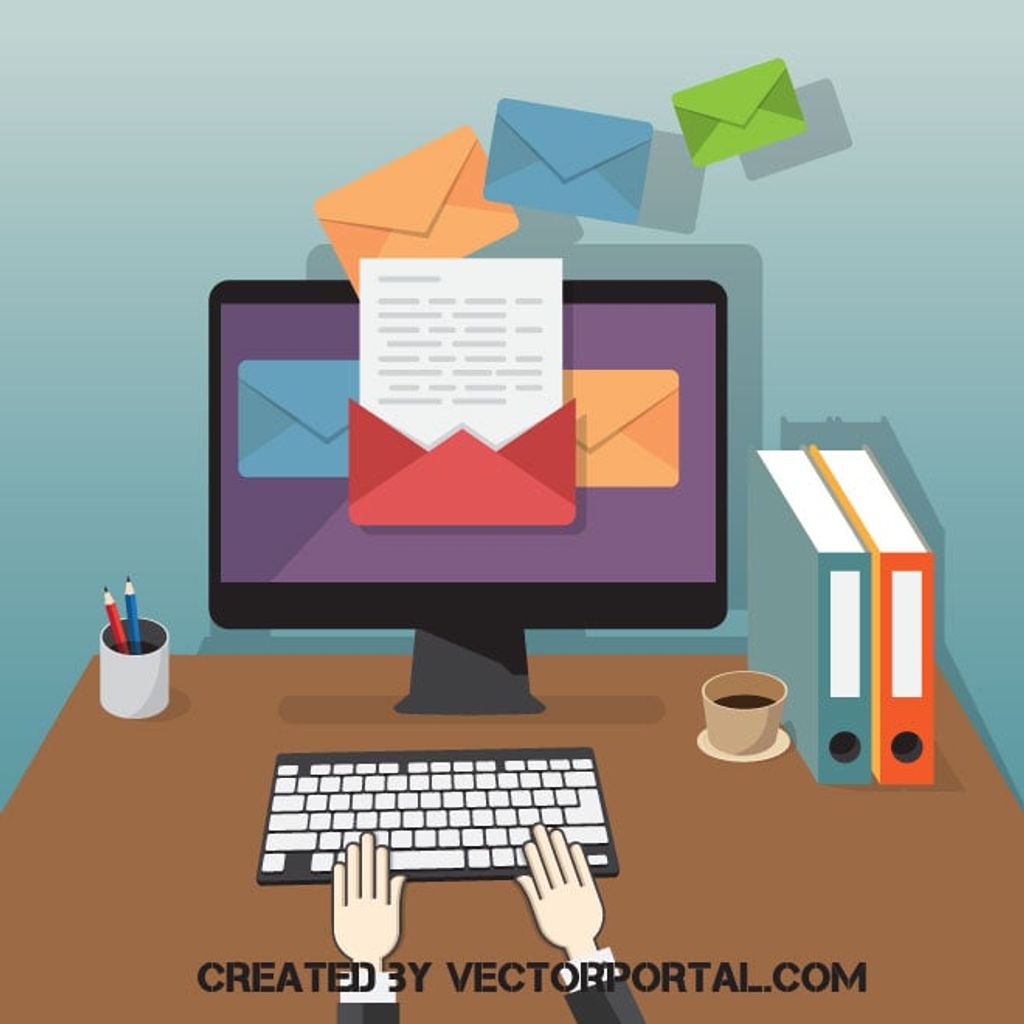
Email cleanup is an essential task for university researchers to stay organized and efficient. With the increasing volume of emails received daily, it can be challenging to manage and find important information when needed. This article provides a simplified approach to email cleanup for university research, covering topics such as organizing the inbox, managing subscriptions, email etiquette, and securing the email account.

Organizing your inbox is essential for efficient email management. By implementing a systematic approach, you can easily find and prioritize important emails. Here are some tips to help you organize your inbox:
By following these strategies, you can maintain a well-organized inbox and improve your productivity.
Creating folders and labels is an essential step in organizing your university email inbox. By categorizing your emails into different folders and applying labels, you can easily locate and manage specific types of emails. This not only helps in decluttering your inbox but also improves your overall email management efficiency.
Setting up filters in your email client can help you automatically organize incoming emails and reduce clutter in your inbox. Filters allow you to specify certain criteria, such as sender, subject, or keywords, and automatically perform actions on matching emails. Here are some steps to set up filters in your email client:
Setting up filters can save you time and help you stay organized by automatically sorting incoming emails into relevant folders or applying labels for easy identification.
Archiving and deleting emails is an essential part of email cleanup for university research. By archiving emails, you can keep your inbox organized and clutter-free while still having access to important messages. Deleting emails, on the other hand, allows you to permanently remove unnecessary or outdated emails from your inbox. Here are some tips for effectively archiving and deleting emails:

Unsubscribing from unwanted emails is an important step in email cleanup for university research. It helps reduce clutter in your inbox and ensures that you only receive relevant and important emails. Here are some tips to effectively unsubscribe from unwanted emails:
By following these steps, you can declutter your inbox and focus on the emails that matter most to your university research.
Managing newsletter subscriptions is an important aspect of email cleanup for university research. By unsubscribing from unwanted emails, you can reduce email overload and improve productivity. There are several steps you can take to effectively manage your newsletter subscriptions:
By following these steps, you can declutter your inbox and ensure that you only receive newsletters that are relevant to your research.
Email aliases are a useful tool for managing your subscriptions and keeping your inbox organized. An email alias is an alternative email address that forwards messages to your primary email account. By using email aliases, you can easily filter and organize incoming subscription emails without cluttering your main inbox.
To set up an email alias, follow these steps:
Using email aliases can help you maintain a clean and focused inbox, ensuring that important emails are not buried under a pile of subscription messages.
Tip: Consider using a separate email alias specifically for subscriptions to further separate them from your primary email address.

When writing emails for university research, it is important to communicate your message clearly and concisely. Here are some tips to help you achieve that:
Tip: Be mindful of the recipient's time and keep your email as brief as possible while still conveying the necessary information.
Remember, clear and concise communication is key to effective email correspondence in university research.
When it comes to email communication for university research, using proper subject lines is crucial. A clear and concise subject line helps recipients quickly understand the purpose of the email and prioritize their responses. It also improves the chances of your email being opened and read. Here are some tips for crafting effective subject lines:
Remember, the subject line is the first thing recipients see, so make sure it grabs their attention and conveys the purpose of your email.
When replying to or forwarding emails, it's important to maintain clear and concise communication. Here are some tips to keep in mind:
Remember, effective email communication plays a crucial role in university research.
Managing your university email account can be overwhelming, especially when you receive a large volume of emails on a daily basis. To avoid email overload, here are some tips:
Set specific times to check your email: Instead of constantly checking your inbox throughout the day, designate specific times to check and respond to emails. This will help you stay focused on your research and prevent interruptions.
Use filters to prioritize emails: Create filters to automatically sort incoming emails into different folders or labels based on their importance or sender. This will help you quickly identify and prioritize important emails.
Unsubscribe from unnecessary email subscriptions: Regularly review your email subscriptions and unsubscribe from any that are no longer relevant or useful. This will help reduce the number of unnecessary emails in your inbox.
Tip: Prioritize emails from your research team, advisors, and collaborators to ensure you don't miss any important communications.

Creating a strong password is crucial for protecting your university email account from unauthorized access. Here are some tips to help you create a secure password:
Remember, a strong password is your first line of defense against hackers and unauthorized access to your email account.
Two-factor authentication adds an extra layer of security to your university email account. By requiring a second form of verification, such as a code sent to your phone, it helps prevent unauthorized access to your account even if your password is compromised. To enable two-factor authentication:
Phishing emails are a common form of cyber attack that aim to deceive individuals into revealing sensitive information such as passwords, credit card numbers, or social security numbers. These emails often appear to be from a trusted source, such as a bank or a university, and may contain urgent requests or warnings to create a sense of urgency. It is important to be able to recognize and avoid phishing emails to protect yourself and your university email account.
When it comes to protecting sensitive information in your university email account, there are several important steps you can take:
Creating Strong Passwords: Ensure that your password is unique, complex, and not easily guessable. Consider using a password manager to help generate and store strong passwords.
Enabling Two-Factor Authentication: Enable two-factor authentication (2FA) for an extra layer of security. This will require you to provide a second form of verification, such as a code sent to your mobile device, in addition to your password.
Recognizing Phishing Emails: Be cautious of emails that ask for personal or sensitive information, or that contain suspicious links or attachments. Always verify the sender's email address and avoid clicking on unknown links.
Protecting Sensitive Information: Avoid including sensitive information, such as social security numbers or financial details, in your emails. If necessary, use secure methods of communication, such as encrypted email services or secure file sharing platforms.
Remember, taking these precautions can help safeguard your personal and confidential information from unauthorized access.
In conclusion, email cleanup for university research can be a time-consuming and overwhelming task. However, by following the strategies outlined in this article, such as organizing emails into folders, setting up filters, and regularly deleting unnecessary emails, researchers can simplify the process and improve their productivity. Efficient email management is crucial for staying organized and ensuring important information is easily accessible. By implementing these techniques, researchers can spend less time on email cleanup and more time on their research and academic pursuits.
Email cleanup is important for university research as it helps in organizing and managing the large volume of emails received. It allows researchers to easily find and access important information, improves productivity, and reduces the risk of important emails being overlooked or lost.
To organize your inbox effectively, you can create folders and labels to categorize emails based on topics, projects, or senders. You can also use filters to automatically sort incoming emails into specific folders, making it easier to locate and prioritize important messages.
Setting up filters allows you to automate the organization of your emails. You can filter emails based on specific criteria such as sender, subject, or keywords, and have them automatically sorted into designated folders. This saves time and ensures important emails are easily accessible.
Archiving emails is recommended for university research as it allows you to store important emails without cluttering your inbox. Archived emails can be easily searched and retrieved when needed. However, it is also important to regularly delete unnecessary or outdated emails to free up storage space and maintain a clean inbox.
To unsubscribe from unwanted emails, look for the unsubscribe link usually located at the bottom of the email. Click on the link and follow the instructions to unsubscribe. It is important to unsubscribe from unwanted emails to reduce inbox clutter and ensure that important research-related emails are not missed.
An email alias is an alternate email address that can be used for subscriptions. By using an email alias for subscriptions, you can keep your primary email address separate and avoid clutter in your main inbox. This allows you to easily manage and filter subscription emails without affecting your important research emails.